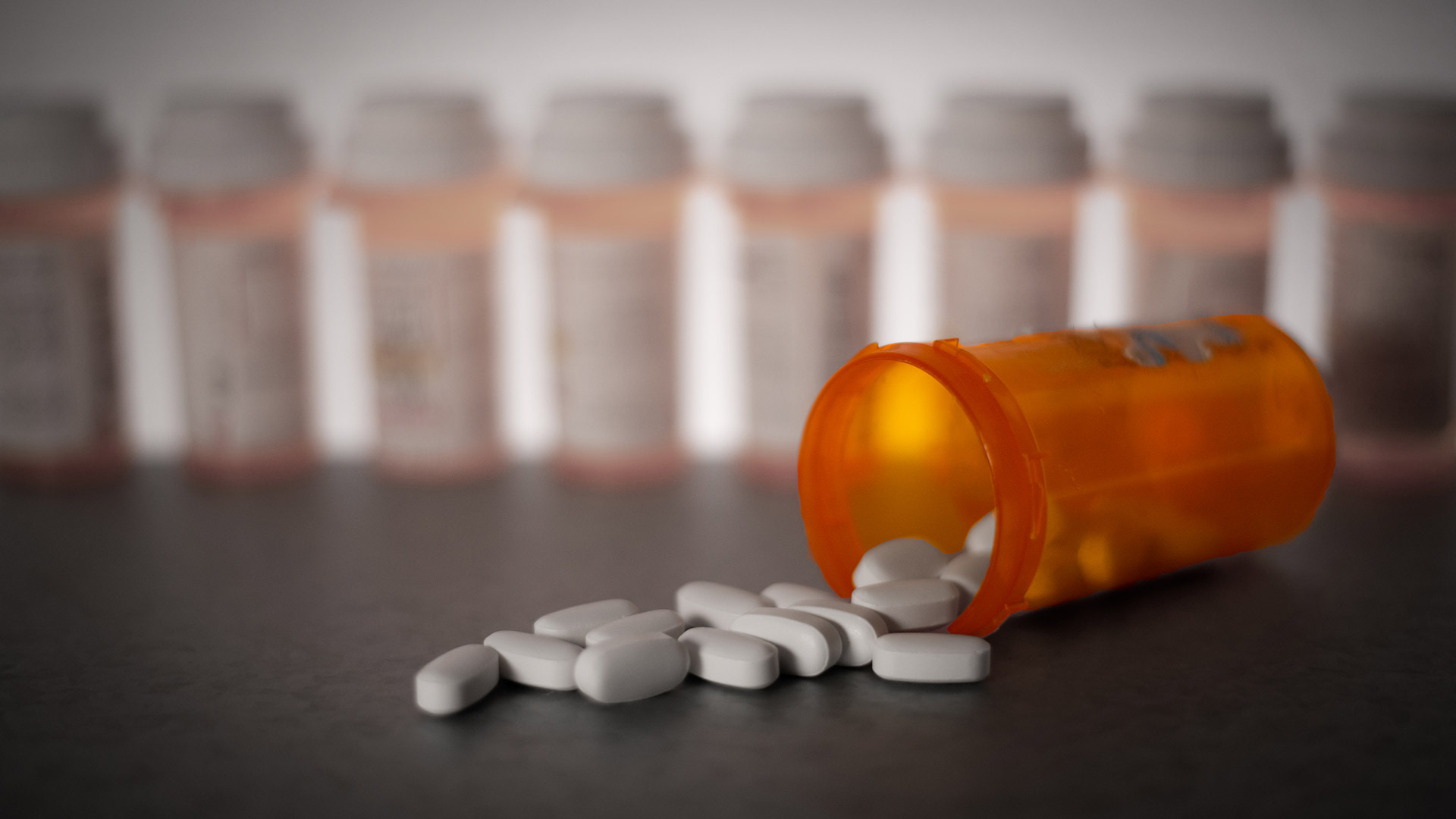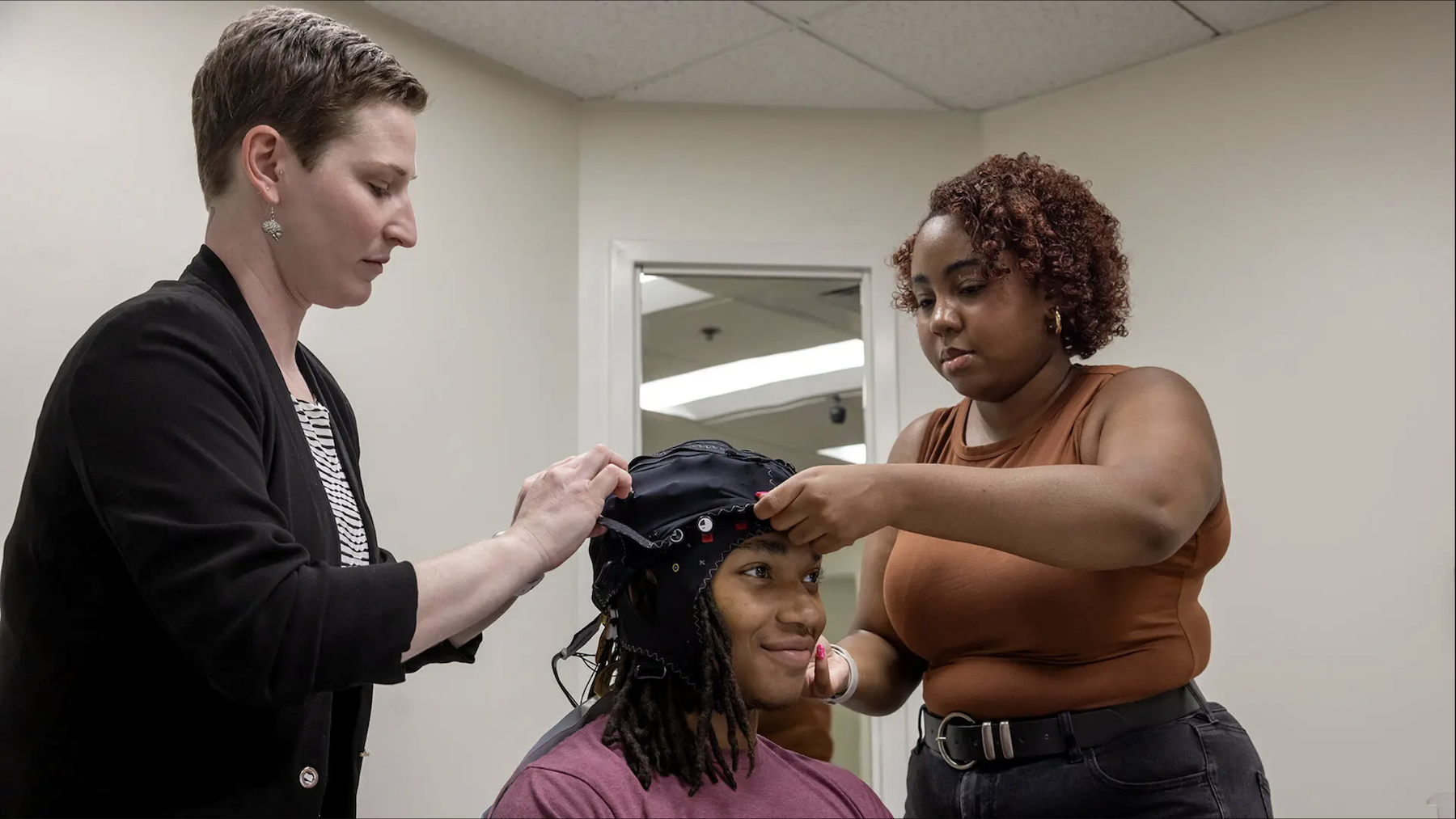News Story
Award Expands UMD Monitoring of Drug Use Trends Among Emergency Room Patients

Doctors’ reports frequently miss drug abuse insights that can be gained from comprehensive drug testing. A new award from the Office of National Drug Control will allow UMD researchers to nearly triple the reach of a system that monitors for nearly 500 substances. Photo by iStock.
A University of Maryland-run system that tracks the rise of new drug use trends and pinpoints hotspots for overdoses is growing in reach.
The Center for Substance Abuse Research (CESAR) was awarded a $275,000 competitive grant from the Office of National Drug Control Policy to expand its Emergency Department Drug Surveillance (EDDS) system by adding 20 hospitals nationwide this fiscal year, a figure which nearly triples the current number of 12 hospitals. CESAR will also pilot the new Drug Investigation Service, which will use EDDS information to investigate up to three drug outbreaks during that period.
EDDS obtains participating hospitals’ de-identified information on patient drug test results and allows each hospital to submit up to 150 specimens annually for expanded retesting for approximately 500 substances. Most hospitals use small testing panels capable of detecting only five to eight drugs.
“Hospitals have drug test information stored in their electronic health records—to us, this is a gold mine of information to describe the drugs people are coming into the hospital for and testing positive for,” said Eric D. Wish, director of CESAR. “This information can improve local testing and treatment protocols and increase awareness of local drug trends for health care practitioners, researchers and policymakers.”
CESAR’s research has shown that monitoring based solely on clinical notes rather than urine testing fails to provide a picture of drugs actually in the patients’ systems; doctors usually can’t discern this from symptoms alone, and the realities of street drug sales mean users might not even be aware of what they’ve taken, Wish said.
“One of the things we have found—it’s true in Maryland and the other states’ hospitals we have gone to—it’s very rare for hospitals to test their patients for fentanyl, despite the fact that fentanyl is the drug that is killing people across the country,” he said. “This means we’re missing out on a tremendous opportunity to track the spread of a drug problem across the U.S.”
The new project is being conducted in collaboration with staff at HCA Healthcare, which manages 180 hospitals in 21 states, and has access to information from approximately 35 million patient encounters annually. HCA-affiliated hospitals will be recruited in communities with varying population density, drug use patterns and sociodemographic characteristics in every region of the United States.
EDDS has already proven effective in identifying substances used by ED patients and in providing guidance for hospital testing protocols. The EDDS pilot study was conducted with seven Maryland hospitals, with support from the University of Maryland’s MPowering the State initiative. As a result of this pilot project, two Maryland hospitals have added fentanyl, a potent synthetic opioid growing in use in Maryland, to their standard urine testing protocols.
In the past year, five additional out-of-state hospitals were added to EDDS in New Jersey, Colorado, Utah, Oregon and California, generating important findings about poly-substance use by emergency department patients and the varying testing protocols used by hospital laboratories. Those findings are being finalized and are expected to be released soon.
–Original story by Maryland Today staff.
Published October 21, 2021









